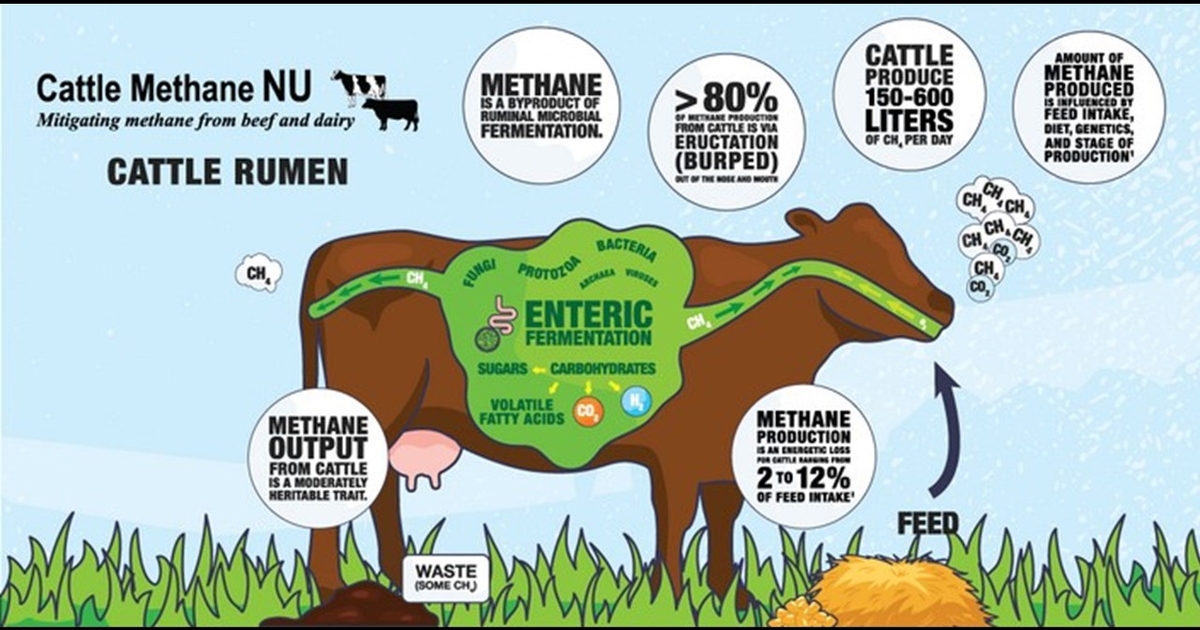Weakening household finances put pressure on protein choices
Posted on December 6, 2023 by Ann Hess
Source: Farm Progress. The original article is posted here.

According to the November Meat Demand Monitor, the combined beef and pork projected market shares for November were 32% and 20%, respectively at the grocery store, and 42% and 14% at the restaurant.
While there are multiple days at the end of November that had an elevated holiday effect, Glynn Tonsor, professor in the Department of Agricultural Economics at Kansas State University and author of the monthly MDM, says it’s hard to speculate the increased WTP for protein in food service, as both meal at-home rates for lunch (53% vs 49%) and dinner (70% vs 67%) were higher in November than October.
In November, 14%, 21% and 32% of respondents had beef their prior day for breakfast, lunch and dinner, compared to October’s 15%, 22% and 34%. Pork was included in 18%, 11% and 18% of these meals in November, compared to 19%, 11% and 18% in October’s meals.
Launched in February 2020, the MDM project is funded in-part by Beef Checkoff and Pork Checkoff and tracks U.S. consumer preferences, views and demand for meat with separate analysis for retail and food service channels. The monthly survey is conducted online with more than 2,000 respondents reflecting the national population.
One of the areas routinely surveyed is protein values, where freshness, taste, price and safety have continuously been noted as most important when purchasing protein. However, Tonsor says four of the five highest months, where price importance has ranked high among the 12 protein values evaluated, have been in 2023, most recently the last three consecutive months.
“In short, the role of price in protein purchasing decisions has been elevated in 2023 compared to 2020-2022, and I anticipate that will continue going into 2024 given the status of household finances,” Tonsor says.
In November only 15% of respondents indicated their household finances are better than last year, a point Tonsor says aligns with the ongoing high ranking of price in protein values. Those respondents indicating improved household finances reported higher prior day meal inclusion rates of beef, pork and chicken than those saying their finances are the same (45%) or worse (40%) than last year.
Tonsor says the biggest adjustment in the MDM has been those indicating same or worse finances as more of those respondents are now saying they had consumed no, or other (besides beef, pork, chicken, and fish/seafood) protein the prior day.
“As shown in this month's report the biggest impact for those with weakening household finances is an increase in the number of prior day meals with other (something besides beef, pork, and chicken) or no protein,” Tonsor says. “That is, there is less about ‘beef to chicken’ or ‘pork to chicken’ than ‘meat to no protein’ indicated in the November MDM.”

.jpg?disable=upscale&width=1200&height=630&fit=crop)


